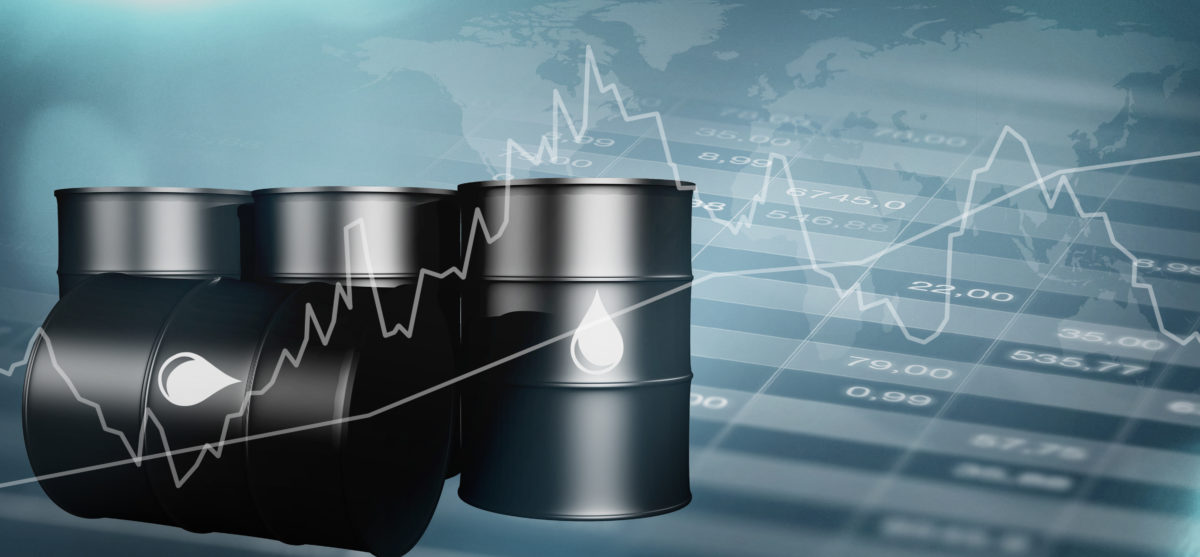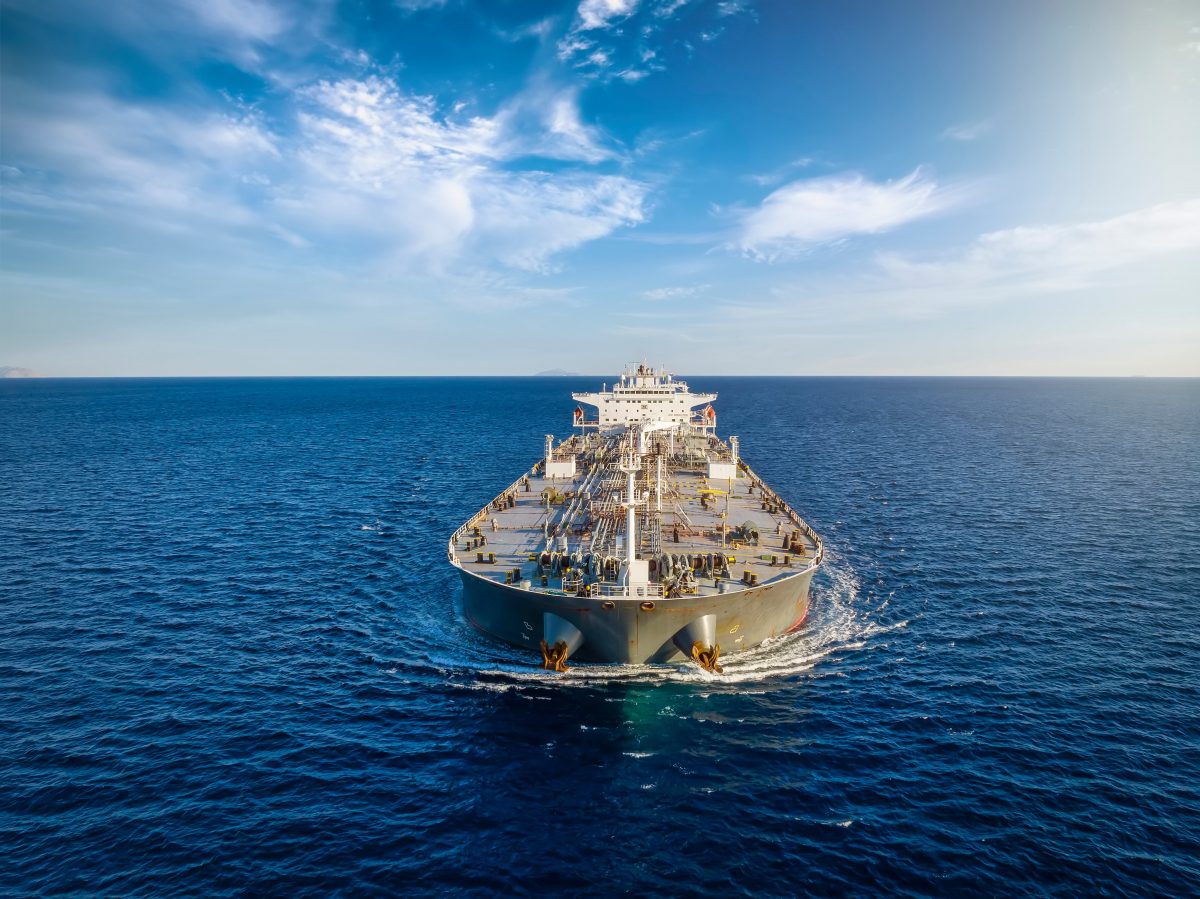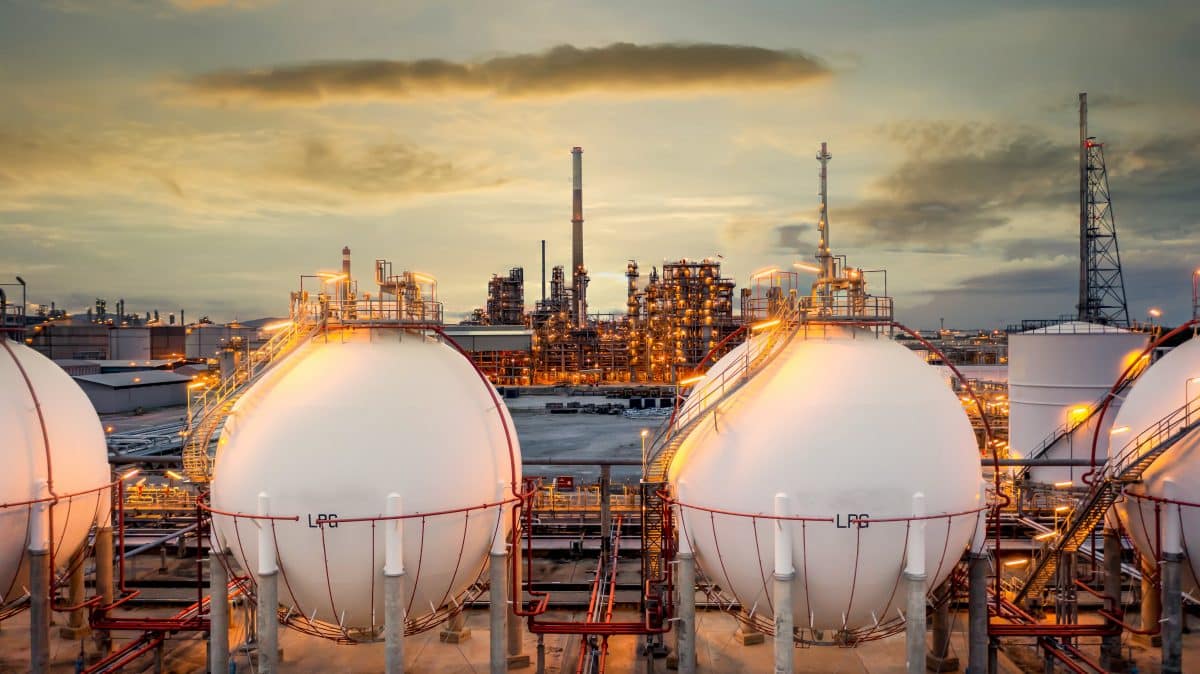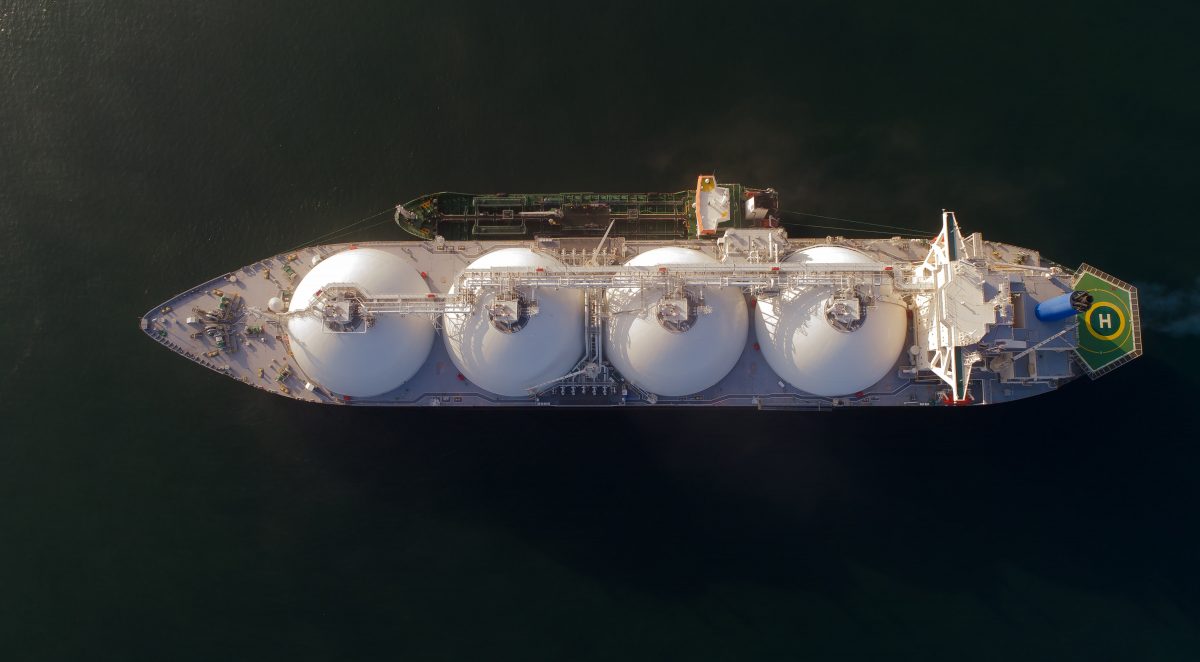US crude exports have reached a record high as trade flows have shifted following the Russian invasion of Ukraine, but more midstream infrastructure will be needed to push exports higher, panelists at CERAWeek by S&P Global said March 7.
A year removed from the Russian invasion, Europe continues to look for replacement barrels for Russian supply with a significant portion traveling from North America.
As a result, oil flows across the globe have reshuffled.
“Traditional alliances are shifting,” said Sean Strawbridge, CEO of the Port of Corpus Christi. Energy is going to play a major role in the reconfiguration of relations with Russia, China and even Saudi Arabia as they moved away from Western alliances, he added.
US exports of crude climbed to a record high of 5.629 million b/d for the week ended Feb. 24, up nearly 2 million b/d from the same time last year, according to the most recent weekly data from the US Energy Information Administration.
Cory Prologo, head of North American trading at Trafigura, said export capacity would depend on international demand and energy transition.
However, he warned that export capacity could be stunted by a lack of investment in supporting infrastructure and by lengthy regulatory requirements.
For instance, Strawbridge noted, it currently takes 240 days on average for to permit an offshore loading terminal capable of handling VLCCs.
“Most 404 permits average about 240 days in this country,” he said, in reference to Section 404 of the Clean Water Act that requires permitting for any work, including construction and dredging in navigable waters.
“That is also endemic of why we need more regulatory reform and more accountability from these federal agencies who are responsible for issuing these permits,” he said.
Frederick Forthuber, president of Oxy Energy Services, said the industry might need to expand pipelines to the US Gulf Coast in order to feed an increase in crude exports, with the company’s current exports at 4 million b/d.
Since March 2, six VLCC’s have been booked from the USGC to Asia and two to Europe, S&P Global Commodity Insights data shows. As foreign demand for US crude grows, there haven’t been enough VLCCs available to curtail higher freight levels.
Shipowners have gotten ahead of the demand, with each deal being settled higher than the previous one. Additionally, firmer levels at the US Gulf Coast have caused ballasting as ships prefer the region over others to take advantage of higher rates.
VLCC rates on the USGC to China route were last assessed by Platts at $37.04/mt on March 6. While that was down from a recent peak of $54.63/mt on Nov. 18, it was up from around $18/mt at the beginning of 2022. Platts is a unit of S&P Global.
Enbridge said on March 1 it will move ahead with the construction of an Enbridge Houston Oil Terminal in Texas.
The terminal will provide export opportunities through the Seaway docks at Freeport and Texas City, as well as future access to Enterprise Products Partner Sea Port Oil Terminal.
The larger aim is to bring their reliable production of crude to global markets and meeting growing demand, Executive Vice President Colin Gruending said on the sidelines. “Canadian heavy crude is needed to fill the equation,” he said.
US crude production is expected to grow, even if at a slower pace. S&P Global expects US crude output to grow by 931,000 b/d in 2023. Growth will come primarily from the Permian Basin.
Forecasts by S&P Global show a steady build in domestic crude production in the US and Canada, with this year projected to surpass pre-pandemic production levels in the US. From 2023, the US is expected to see a 794,000 b/d growth in production by 2030.
Canadian production exceeded pre-pandemic levels in 2022 and is projected to grow 469,000 b/d in the same timeframe.
S&P Global by Binish Azhar, March 14, 2023









